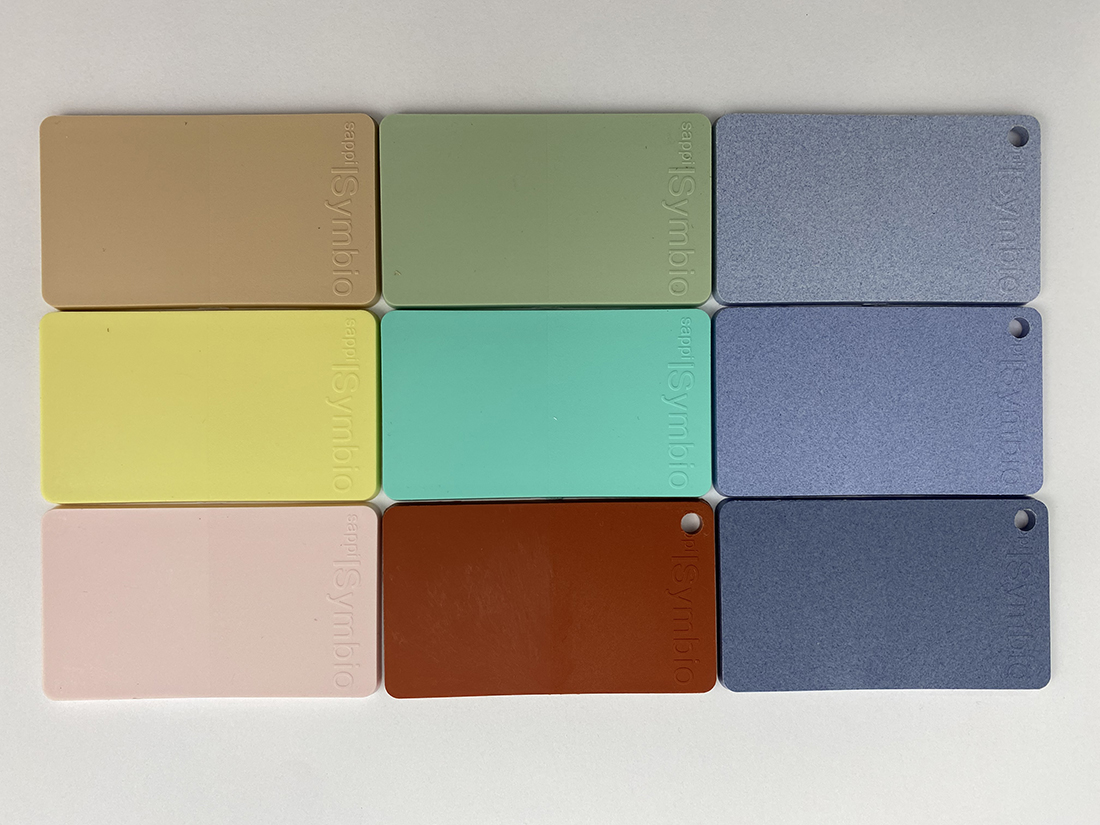”No!” was the clear and distinct answer the designer got from the owner of the tool for moulding plastics. The question was: "could we please use recycled plastics to make the vacuum cleaner?" The owner of the tool at the big Swedish white goods company had his mind already set: recycled plastics were not clean and they would damage the very expensive injection moulding tool. This was fifteen years ago and the assumption was going to change.
Written by Björn Florman
The designer, in this case, was very persistent and the vacuum cleaner was eventually put in production. No tools were damaged but the design team was forced to use a very limited colour palette: black. Only jet black could be considered for recycled plastics. Everything else would have looked weird. Imagine the very random and murky colours you would get from mixing recycled plastic parts from thousands of different products.

Swedish company Trifilon has found a way to reinforce polypropylene with cotton fibres from used clothing from hospitals. The result is an unexpected strange blue colour.
© Photo: Björn Florman/ Materialbiblioteket
These very unpredictable colours resemble a lot what the fibres you collect from the filter in the tumble dryer look like: a strange, brown/grey/purple. Adding a black pigment has been considered to be the only way to control the colour. Otherwise the result would have been a palette of colours that no designer would even get close to suggest. Now the idea of what ”the perfect plastic surface” should look like, is also about to change.
.jpg)
The Solaris organization tracks interesting wastestreams large enough to secure sourcing for plastics manufactureurs. These beautiful ”textile marble” samples consist of a bio resin combined with textile fibres from local clothing factories.
© Photo: Zehao Liu/ Solaris
Fifteen years ago design professionals put a name to the ideal plastic surface. They called it ”iPod-white”; a crisp, glossy, space-age clean surface that summed up what was regarded to be perfection in a well-designed surface. Apple, with their beautifully moulded parts of virgin polycarbonate, set the standards for shaping plastics for many years to come. The Swedish vacuum cleaner made from recycled plastics could, for obvious reasons, not be made white, but it was and is as crisp and glossy as the iPod ever was, with all its blackness perfectly controlled and monitored.

A newcolour palette, Sappi symbio. Cellulosic fibres in polypropylene. Cellulosic reinforcement in polypropylene is a strong trend in the world of plastics. Belgian Sappi is an early adopter using high quality, long fibre cellulose from mills in Finland.
© Photo: Björn Florman/ Materialbiblioteket
But will we be able to continue to strive for this perfection in surfaces and controlled colour? Probably not. With a steadily growing global production of fossil based thermo plastics, where China is responsible for a quarter of all plastic materials being made, European countries will have to ramp up their systems for material recycling. Doing so, we will have to accept that recycled plastics on a mass scale will not always look like they did when they had all their original qualities. In short: if we want to speed up our circular economies, materials will not always look as perfect as an iPod. This is why we need to embrace the imperfect.
.jpg)
Hemp reinforced polypropylene, Trifilon biolite. Hemp fibres are not only very strong and ideal for reinforcement, they are also lightweight which is a property very sought after in the automotive industry.
© Photo: Björn Florman/ Materialbiblioteket
And as European countries are getting better at material recycling of plastics for all sorts of products and purposes we are not likely to accept ”iPod-black” as the only colour. Instead there are signs that designers are starting to glare at the colour of the fibres from the tumble dryer thinking ”hmmm… that is an interesting and random looking colour. How would that look on the tooth brush I am working on?”
Suddenly we are starting to see mass produced objects in odd colours and with gritty surfaces filled with reinforcement and bulk made from natural fibres such as hemp and waste from textile industries. This was unimaginable only three years ago and they are designed by top names and companies. Jordan tooth brushes and Cake electric motor bikes are two early examples where iPod-white as an ideal is regarded as ”very 2005” and a younger generation is already loving the imperfect. It looks like materials for their future.